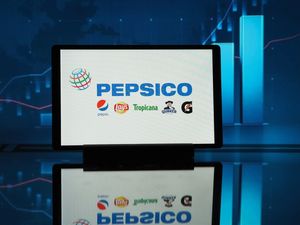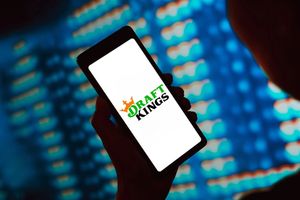(BPT) - Close to 2 in 5 Americans (38%) say cash feels more "real" than digital money: It's a tangible reminder of value, and remains a permanent part of their financial toolkit (27%). Yet, new Empower research shows that in practice, physical dollar bills may be fading from daily life: 1 in 5 say they use cash only a few times per year, and just 18% use it daily. Still, a quarter often find themselves in situations where they wish they had cash on hand.
Its popularity may be dictated by what's going on in the economy, as a quarter (25%) view cash as a "safety net" currency in times of financial downturns, and 1 in 5 Americans have increased their physical cash holdings in the past year due to market uncertainty.
Cash in a digital age
While a third (35%) say they are mostly cashless, for close to 1 in 5 Americans (19%), dollar bills remain a trusted form of payment - something they actively use and keep in significant amounts. Overall, 40% of people feel safer keeping some cash on hand in case of emergencies or tech outages.
Nearly a quarter say they use cash for privacy (21%) in an AI-driven, digital world. The same amount also turn to cash when they want to limit their spending for the day (24%). A third say they're more likely to make impulse purchases with digital payments (33%), and spend more without the natural guardrail of cash (27%).
With the shift toward digital payments (e.g., debit cards, credit cards, mobile wallets, etc.), 27% say they are more likely to pay bills and save automatically. More than a quarter have better awareness of their spending patterns (27%) and spend less because they can track everything digitally (22%). Close to 1 in 5 admit that if cash disappeared, they'd spend less (17%).
Currency in action
The average person holds between $51 and $100 in their "wallet," consistent with the $66 cash average from last year's study. Gen X is the only generation that carries more cash, averaging between $101 and $200.
Half use their physical money for tips (48%), while a third use it to get a discount for paying in cash (34%).
Other scenarios where Americans are most likely to use cash:
- When paying small local businesses that don't accept cards (46%)
- When splitting costs with friends at a restaurant (30%)
- Paying for parking meters or tolls (24%)
- For emergency expenses (22%)
- At retailers or grocery stores (21%)
- When traveling abroad (18%)
- Paying for gas (16%)
- Paying for a kid's allowance (16%)
Generational shifts: Piggy banks to digital wallets
For many people, cash is tied to their earliest memories about money: 41% say their first financial experiences involved physical cash, not digital payments. Nearly a third understood the value of cash at an early age (32%) and learned to save by setting aside dollar bills before they ever used a bank account (28%).
Yet, today, money etiquette is changing: 35% say younger generations are skipping physical cash entirely and going straight to digital money. Overall, 37% say each generation relies less on cash than the one before it. Close to a quarter predict their own children will grow up with little or no cash experience (22%).
Money moves
When it comes to where Americans keep their liquid savings, half keep it in a checking account. Over a third keep money in a standard savings account (33%), and the same share holds physical cash at home (35%), as many still want instant, tangible access to their funds.
Nearly 3 in 10 have moved money into high-yield savings accounts (29%), while a quarter rely on money market accounts (24%). For some, the strategy is a balance - 20% split evenly between accounts and physical cash - while others lean on more traditional products like certificates of deposit (18%).
When asked how they'd allocate $10,000 today, most Americans balance digital returns with physical reassurance:
- 55% would deposit it in a high-yield savings account
- 47% would pay down debt
- 41% would invest in stocks for long-term growth
- 40% would keep it as cash for easy access
- 29% would use it for real estate or a property purchase
- 27% would buy bonds or Treasury bills
- 22% would spend the money on education or skills development to boost earning potential
- 22% would buy precious metals like gold or silver
Even in a digital-first world, nearly half the population sees value in liquidity, flexibility, and the physical assurance of cash.
Methodology:
Empower's "The Vanishing Wallet" study is based on online survey responses from 1,039 Americans ages 18+ from August 18-19, 2025.
RO4817468-0925





